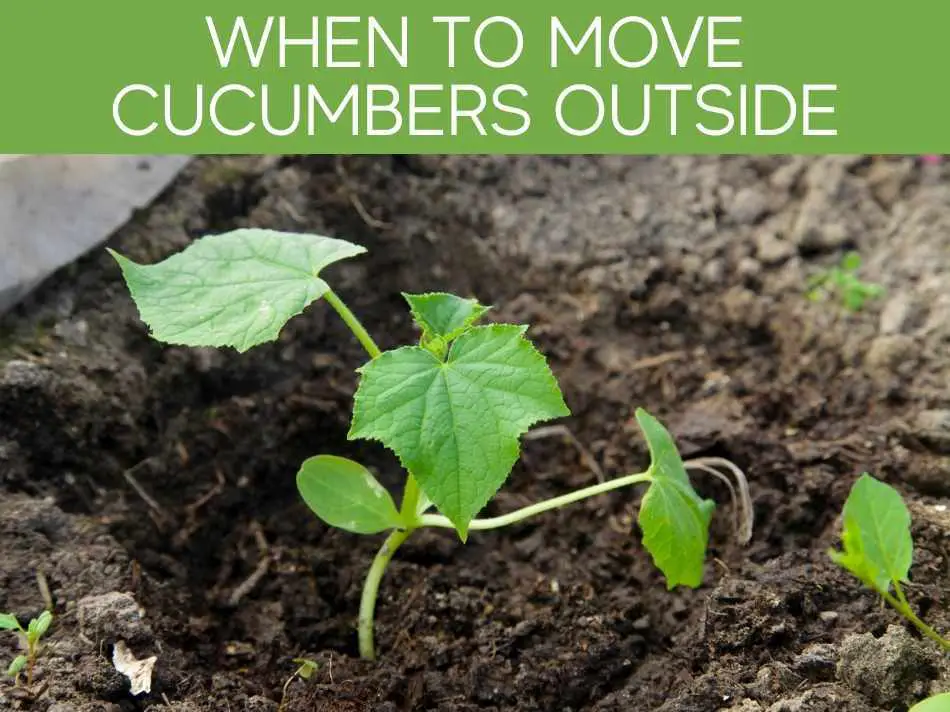So you’ve decided to take your gardening game to the next level and try your hand at growing cucumbers outdoors. Smart move, my friend! But let me tell you, timing is everything when it comes to transplanting those cucumber seedlings into the great outdoors. In this article, we’ll explore the best time to transplant cucumbers outside, ensuring you have a bountiful harvest of crunchy and refreshing cucumbers to enjoy all summer long. So grab your gardening gloves and get ready to learn when to make that move!
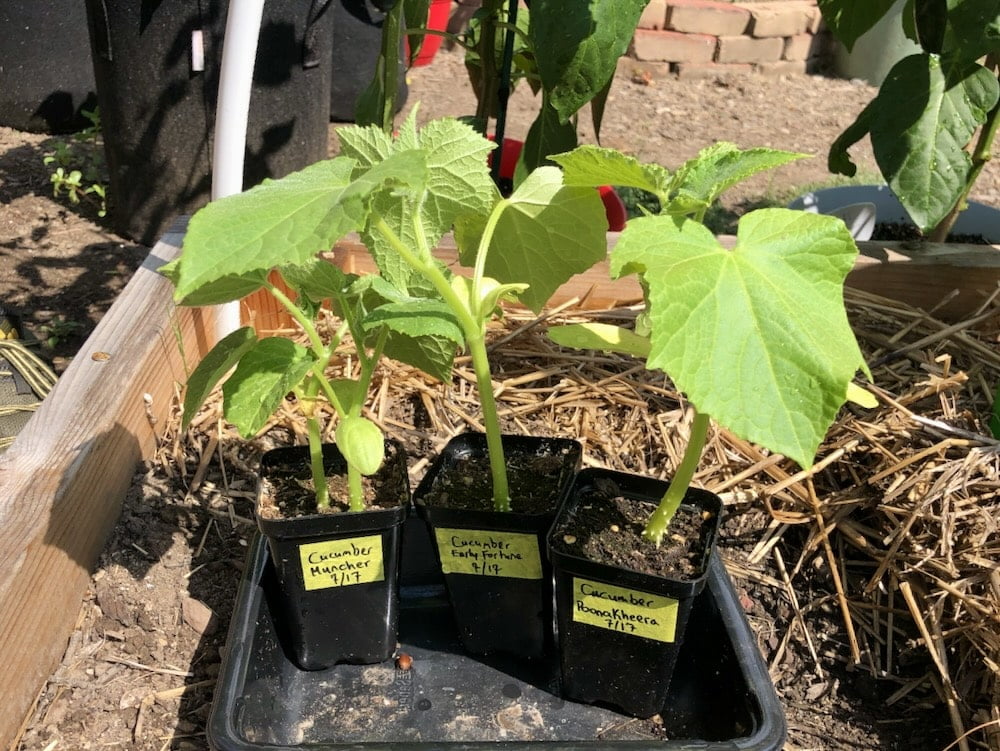
Factors to Consider
Transplanting cucumbers outdoors can be a crucial step in the gardening process, and there are several factors you need to consider for a successful transplant. These factors include temperature, frost-free date, soil conditions, seedling age, location, and companion plants. Each of these factors plays a significant role in determining the best time to transplant your cucumber seedlings.
Temperature
Temperature is an essential factor to consider when deciding when to transplant cucumbers outdoors. Cucumbers are warm-season vegetables and thrive in temperatures ranging from 70°F to 95°F (21°C to 35°C). The optimal temperature range for cucumber growth is between 75°F and 85°F (24°C and 29°C). It is important to ensure that the soil and air temperatures are within this range before transplanting your cucumber seedlings.

Frost-free Date
Determining the frost-free date in your area is crucial when it comes to transplanting cucumbers. Cucumbers are sensitive to frost and should not be transplanted until all danger of frost has passed. The frost-free date is the average date when the last frost is expected to occur in your region. This date can vary depending on where you live, so it is essential to consult a local gardening resource or contact your agricultural extension office to determine the frost-free date in your area.
Soil Conditions
The warmth and moisture of the soil are important considerations when transplanting cucumbers. Cucumber seedlings prefer warm and well-draining soil. Before transplanting, ensure that the soil has warmed up sufficiently, typically reaching a temperature of at least 60°F (15°C). Additionally, the soil should be adequately moist but not waterlogged, as excess moisture can lead to root rot. It is also important to consider the pH level of the soil, as cucumbers prefer a slightly acidic to neutral pH range of 6.0 to 7.0.
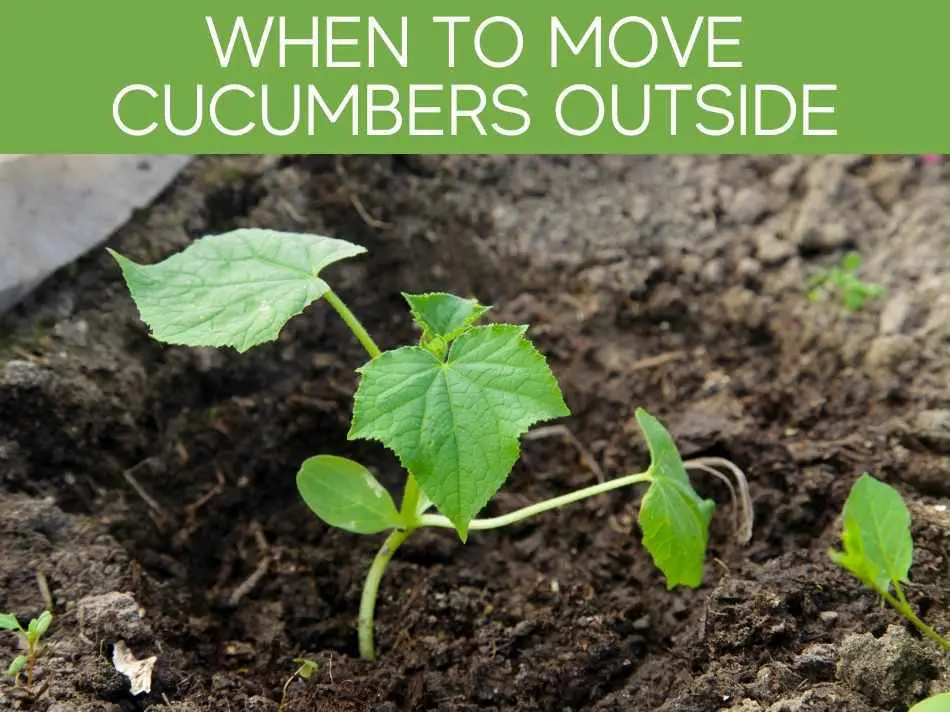
Seedling Age
The age of your cucumber seedlings is another crucial factor to consider when transplanting. Ideally, cucumber seedlings should be around four to six weeks old before being transplanted outdoors. At this age, they are typically strong enough to withstand the transplant process and adapt to their new environment. It is important to avoid transplanting seedlings that are too young or too old, as they may struggle to establish themselves or take longer to start producing fruit.
Location
The location of your garden is an important consideration when deciding when to transplant cucumbers. Regional considerations, such as climate and growing season length, play a significant role in determining the best timing for transplanting. Different regions have different optimal planting windows, so it is essential to research the specific recommendations for your area. Additionally, microclimates within your garden can also affect the timing of transplanting. Consider factors such as the amount of sun exposure and potential wind protection that different areas of your garden offer.
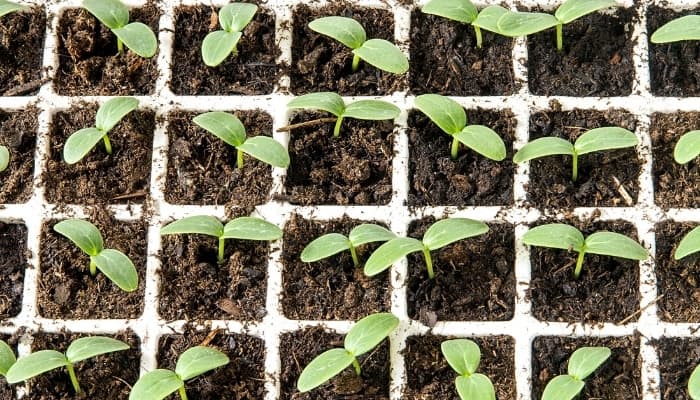
Companion Plants
Companion planting is the practice of strategically planting certain crops together to enhance growth, deter pests, and improve overall plant health. When transplanting cucumbers, it is beneficial to consider companion plants that can support their growth. Some beneficial companion plants for cucumbers include marigolds, radishes, and nasturtiums. These plants can help deter pests and attract beneficial insects, ultimately promoting healthier cucumber plants. On the other hand, certain plants may be incompatible with cucumbers due to allelopathic effects or competition for resources. It is important to consider these factors and avoid planting incompatible plants near your cucumbers.
Early Spring Transplanting
Transplanting cucumbers in early spring offers several unique features and benefits. By transplanting early in the season, you can take advantage of the cooler temperatures, which are within the optimal temperature range for cucumber growth. This can help prevent heat stress and promote healthier plant development. Early spring transplanting also allows for an extended growing season, giving your cucumbers more time to produce a bountiful harvest. However, there are also some potential drawbacks to consider. Early spring can still have occasional frost events, so you need to be prepared to protect your young seedlings if frost is forecasted. Additionally, early spring planting may require extra care and attention, as cooler temperatures can slow down plant growth and increase the risk of certain pests and diseases.
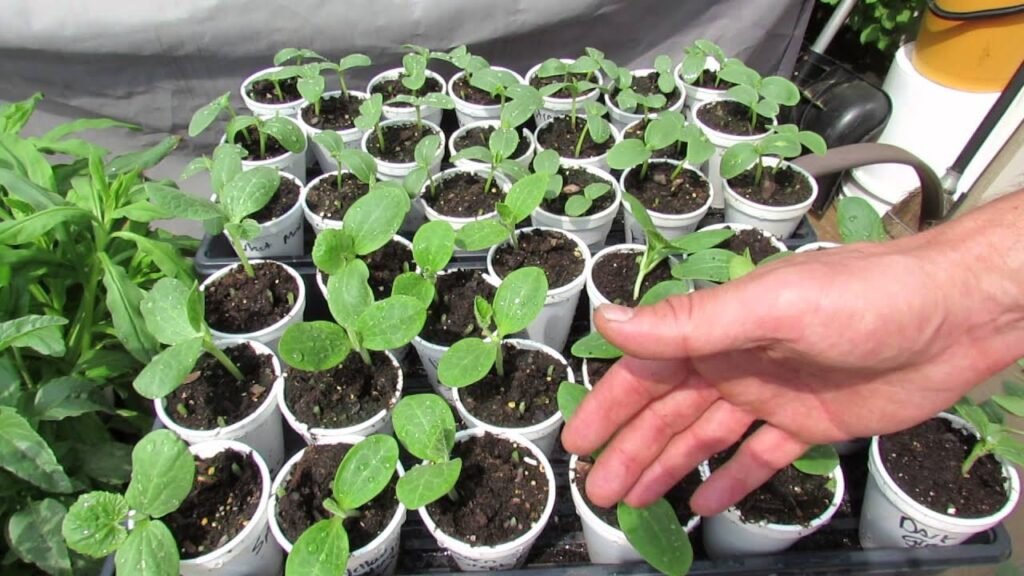
Late Spring Transplanting
Another option to consider is transplanting cucumbers in late spring. Late spring offers its own set of features and benefits that may suit your gardening preferences. By waiting until late spring, you can ensure that all danger of frost has passed, reducing the risk of cold damage to your cucumber seedlings. The warmer temperatures in late spring also promote faster growth, allowing your cucumbers to establish themselves more quickly and start producing fruit earlier. Late spring transplanting may also align with the optimal planting window for your region, ensuring that your cucumbers have the best conditions for successful growth. However, there are some potential drawbacks to late spring transplanting as well. As the weather continues to warm up, you may need to provide additional irrigation to keep the soil moist. The hotter temperatures can also make the plants more susceptible to certain pests and diseases, requiring careful monitoring and management.
Late Summer Transplanting
Transplanting cucumbers in late summer can be a viable option for gardeners who have missed the earlier planting windows. Late summer transplanting offers unique features and potential benefits. By transplanting at this time, you can take advantage of the warm temperatures, which are within the optimal temperature range for cucumber growth. The established heat can promote rapid growth and fruit development, allowing you to enjoy a bountiful harvest before the colder weather arrives. Late summer transplanting may also align with the natural growth cycle of cucumbers, as they are typically warm-season vegetables. However, there are also potential cons to consider. Late summer transplanting may require extra care and attention to ensure proper irrigation and prevent heat stress. Additionally, the shorter growing season in late summer may limit the overall productivity of your cucumber plants.
In conclusion, transplanting cucumbers outdoors requires careful consideration of various factors. Temperature, frost-free dates, soil conditions, seedling age, location, and companion plants all play crucial roles in determining the best time to transplant. By carefully evaluating these factors and considering the unique features, pros, and cons of early spring, late spring, and late summer transplanting, you can make an informed decision and create optimal conditions for your cucumber plants.
